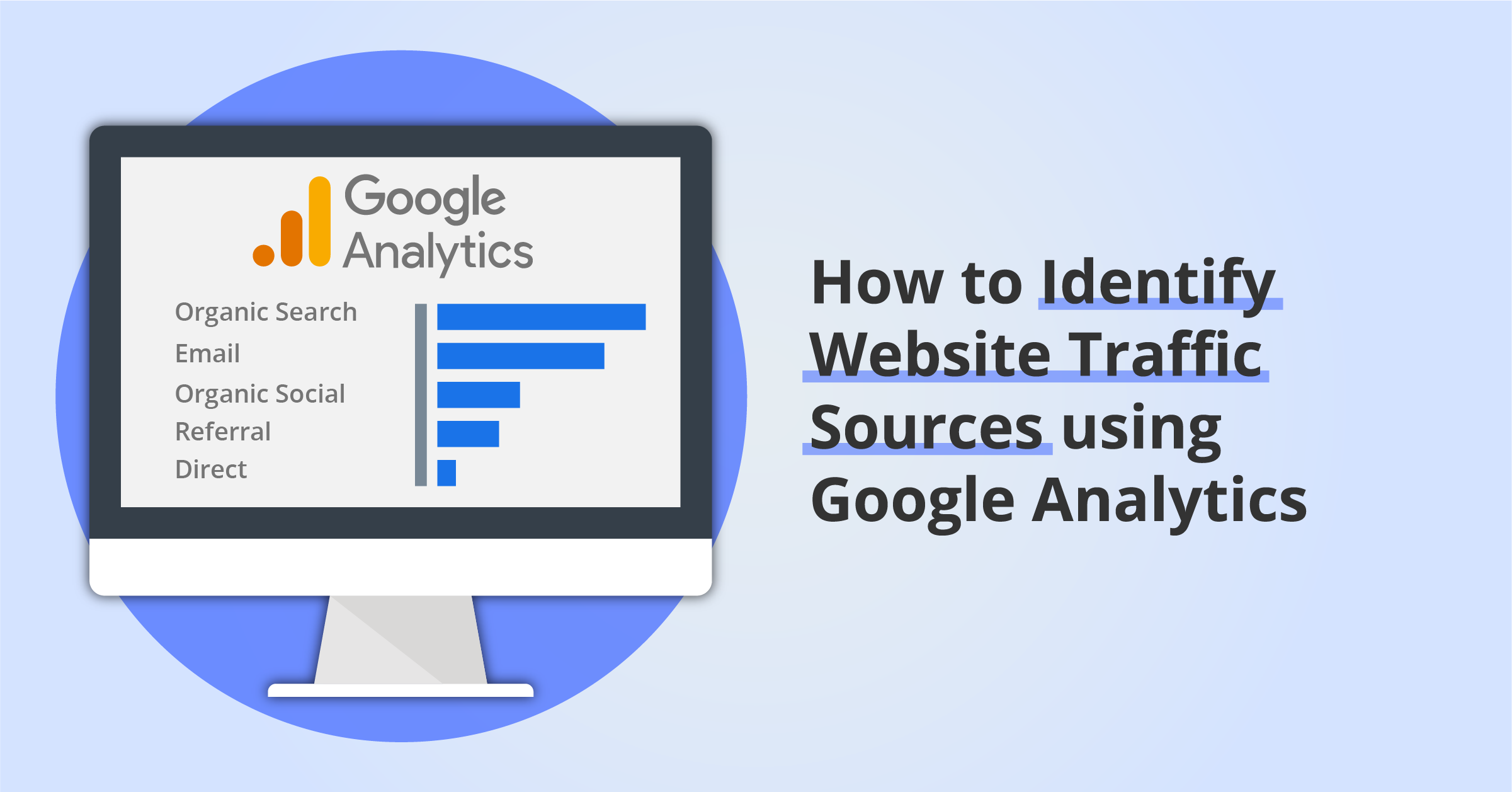Understanding Secondary Dimensions in Google Analytics: Meaning and Critical Combination
Introducing the Impact of Second Measurement in Google Analytics on Data Analysis and Insights
In the realm of information analytics, the usage of second dimensions within Google Analytics has actually arised as a crucial tool for extracting deeper insights and unraveling complicated patterns that may or else continue to be covered. By peeling off back the layers of key information collections, secondary dimensions provide a nuanced point of view that improves the understanding of customer actions, website performance, and the effectiveness of advertising approaches.
Discovering the Concept of Additional Dimensions
Secondary measurements in Google Analytics offer added insights by permitting individuals to analyze main information in conjunction with a secondary quality. By incorporating additional dimensions, customers can delve deeper right into the data and reveal valuable connections that could otherwise go unnoticed - what is a secondary dimension in google analytics.
By checking out the numerous second measurements readily available in Google Analytics, customers can open brand-new understandings and maximize their digital advertising efforts. In essence, additional measurements offer as an effective device for boosting information evaluation and driving workable outcomes.
Enhancing Information Analysis With Secondary Dimensions
Having developed the fundamental understanding of additional dimensions in Google Analytics and their crucial duty in information evaluation, the focus currently moves towards leveraging these secondary features to improve the interpretation of analytics information (what is a secondary dimension in google analytics). By including additional dimensions into information analysis, experts can acquire much deeper insights into user habits, website performance, and marketing efficiency

Furthermore, second measurements assist in contextualizing primary information metrics by supplying extra layers of information. This contextualization aids in recognizing the 'why' behind the information trends, helping analysts make educated optimizations and choices to enhance overall performance. Ultimately, including secondary dimensions improves the data analysis process, resulting in more calculated activities and purposeful insights.
Revealing Hidden Insights With Second Dimensions
Exploring the midsts of analytics data with additional dimensions exposes important insights that would certainly otherwise remain obscured. By including secondary measurements in Google Analytics, businesses can unearth concealed patterns, fads, and connections that provide a more extensive understanding of customer behavior and site efficiency. These added layers of data enable experts to delve deeper right into the main measurements, such as traffic sources or landing pages, and obtain a more nuanced perspective on exactly how various variables connect with each other.
With making use of secondary dimensions, analysts can sector and contrast information across various measurements, allowing them to identify particular aspects that affect user involvement, conversion prices, and total success metrics. By pairing the primary measurement of 'device category' with the secondary dimension of 'age team,' marketing experts can identify which age demographics choose accessing the site with mobile devices versus desktop computers. This degree of granularity encourages businesses to make data-driven decisions and helpful resources maximize their methods for far better outcomes. Inevitably, discovering covert insights through secondary measurements boosts the deepness and precision of information evaluation, causing more informed decision-making and boosted efficiency end results.
Leveraging Second Dimensions for Actionable Analytics
Building upon the insights unveiled through secondary measurements in Google Analytics, businesses can currently harness this enriched data landscape to drive workable analytics and strategic decision-making. By leveraging secondary measurements, organizations can internet dig much deeper into their information to remove useful patterns, trends, and connections that might have previously gone undetected. This deeper level of evaluation enables organizations to acquire an extra comprehensive understanding of individual actions, campaign efficiency, and total website efficiency.
One trick advantage of making use of secondary dimensions for workable analytics is the capacity to segment data based upon specific requirements. This division allows companies to customize their projects and approaches to different target market groups, resulting in a lot more targeted and reliable marketing efforts - what is a secondary dimension in google analytics. Furthermore, second measurements provide a more alternative view of customer communications, making it possible for businesses to optimize their site web content, layout, and overall user experience
Making The Most Of Decision-Making With Second Dimensions
To boost tactical decision-making in analytics, leveraging secondary measurements in Google Analytics can provide an extra nuanced point of view on individual habits and campaign efficiency. By integrating secondary dimensions into data analysis, services can dive much deeper right into the specifics of their internet site site visitors' interactions and involvement patterns. This additional layer of details enables a much more detailed understanding of exactly how different variables, such as demographics, devices, or traffic resources, influence crucial efficiency signs.

Conclusion
To conclude, making use of additional dimensions in Google Analytics plays a vital function in enhancing information evaluation and discovering hidden understandings. By discovering this concept, one can obtain a deeper understanding of individual actions and make notified choices based on actionable analytics. Leveraging second dimensions permits for a more detailed interpretation of data and makes the most of the effectiveness of decision-making processes.
